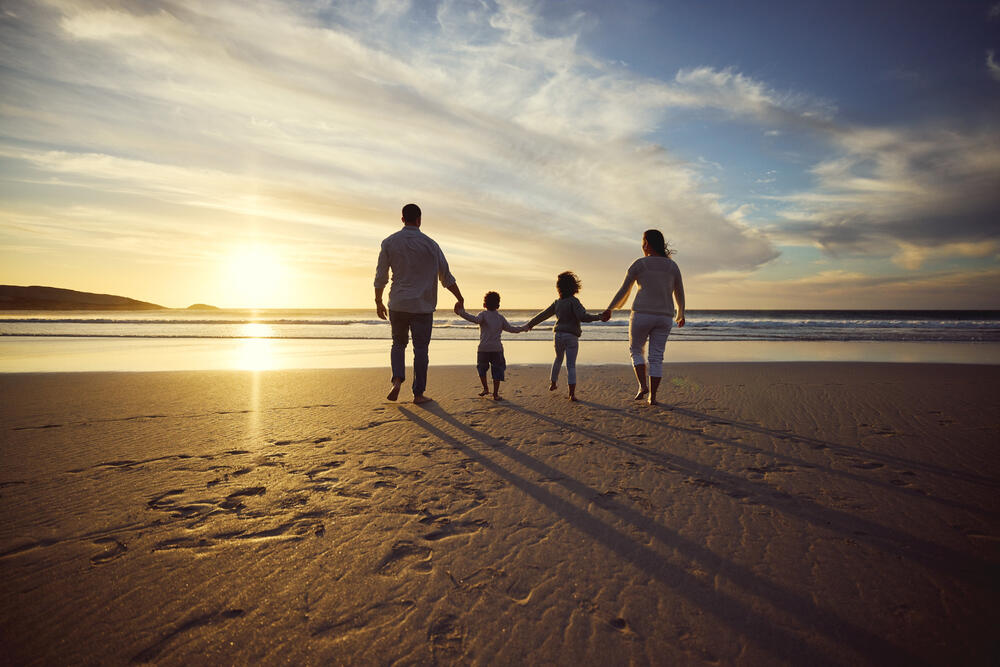Baby On Board: Things Parents Should Do to Make Travel Easier
The idea of travelling with a young baby is intimidating. To tell the truth, new parents are reluctant to walk around the block for the first time with their little one. They worry they don’t know what to do. The fear of making a mistake can be overwhelming. The result is that the baby stays inside for weeks at an end. Infants need fresh air and light, meaning they need to get out. Taking a trip with your little one is easier than you think. Ignore the naysayers. You can have a rich travelling life after having a child.

Manage Expectations
Several things could happen along the way, and you’ll end up disappointed. You might get a flat tire, or the weather suddenly turns sour. Don’t become a victim of your expectations. Instead of enjoying the sun hitting your skin, you’ll be thinking about the things you couldn’t do. Relax, take a deep breath, and accept there are some things you can’t control. Accept the challenges with a smile on your face. Even bad situations can turn into wins. There comes the point where all you can do is throw your hands up and laugh.
Get An Age-Appropriate Car Seat
Your pride and joy should sit in a rear-facing car seat for up to 15 months, but preferably longer. Using a car seat is the best way to protect your little one. Accidents are, unfortunately, common, and can lead to injury. A collision may result in harm, so it’s best to protect you and your family from the consequences. A baby car seat isn’t too much of an investment. You can keep your child in your lap, but using a car seat is strongly recommended. You must be meticulous in selecting the right product.
Figuring out how to correctly install a baby car seat can be challenging. Read the instruction manual. Equally important is to look at your car’s manual, and follow the instructions to the letter. If your infant isn’t appropriately restrained, you can be fined. Roads and vehicles have progressed, and so has the way kids travel in cars. If you’re curious to know where the seat can be fitted in the car, know that it’s best to install the seat in the middle rear. Never fit a rear-facing baby car seat in the front if there’s an active airbag on the passenger side. Once your child is 33lbs, they can sit in a booster seat.
Drive While Your Baby Is Sleeping
Look for a place with a two- or three-hour drive from your home. Your little one will spend more time sleeping and less time hungry, bored, or needing changes. It’s not always easy to drive when your baby is awake because they command your full attention. So, drive while they sleep. Head out (on the road) early in the morning when your infant is still sleeping. For longer trips, you should consider driving at night. This way, you’ll be able to cover longer distances without having to take too many breaks.
You should drive as long as you’re comfortable. It’s not a good idea to drive when you’re tired, as your reaction times and coordination are severely weakened. With a baby, the journey will take much longer than if it were just you and your spouse. Take plenty of breaks to stretch your legs and get a well-deserved break from the car seat. According to the experts, you shouldn’t let your child sleep in the car seat for too long. The baby’s head can fall forward, restricting their airways and causing them to stop breathing.
Be Your Own Pharmacy
Infants often get sick because they have undeveloped immune systems. Your child can get a cold, so it helps to have your own medicine. Antibiotics won’t work because viruses are to blame. If your little one is over 6 months old, you can use paracetamol or ibuprofen. Carefully read the package to make sure you’re giving them the correct dose. You should never give a child any medicine that contains aspirin. There’s a risk that your baby will develop Reye’s syndrome if given aspirin when they have a viral illness. It’s a rare disorder that can cause liver damage.
Make sure to bring a steroid cream for itching. Little ones quickly develop rashes due to heat, allergies, friction, fabrics, and dampness, to name a few. The cream will prevent the skin from becoming further irritated. For the road trip, you’ll also want to pack an antihistamine. If your pride and joy develops an allergic reaction, their lips and tongue will swell, not to mention that they’ll have trouble breathing. The antihistamine stops this from happening, so there’s no need to go to the emergency care unit. It can also be used to prevent motion sickness.
Sing Simple Songs

In normal circumstances, you could do many things to keep your little one entertained. But how are you supposed to calm a fussy infant on the road? Quite simple, actually. You sing them songs. Singing is more effective than the radio. Your child gets accustomed to your voice and learns new words. Music includes rhythm and rhyme, which are part of the language. The sound of your voice has the power to soothe and calm your little one from the very get-go. It doesn’t matter what you sing (or how tone deaf your tune is).
Learning some lullabies and nursery rhymes isn’t that hard. You just need a few of them in your repertoire. Your baby may be musically inclined if they move in response to the song. If they don’t display any kind of behaviour, that’s fine. If you’re not comfortable singing, expose your infant to music. Classical music will bring down their heart rate and soothe their stress. But music doesn’t necessarily need to be Mozart. Turn on the radio and listen to whatever you like. Music is enriching by just listening to it.
If you’re in self-doubt and question the trip, it can make things more complicated than they need to be. Leaning on your spouse will put your mind at ease. Have a nice trip!
Discover more from Zena's Suitcase
Subscribe to get the latest posts sent to your email.




